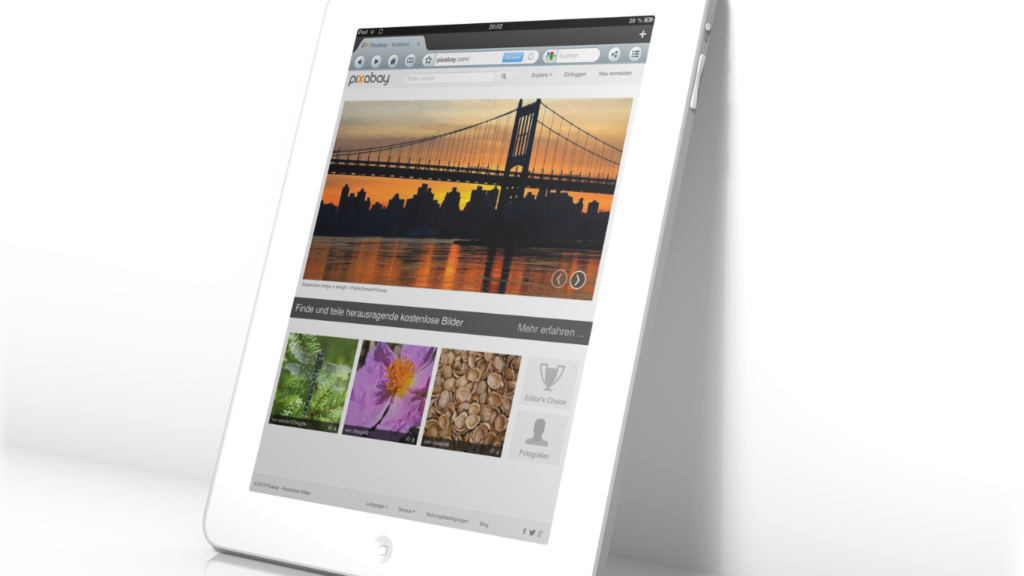In a world saturated with various tablet options, one question persists: why are iPads so expensive? Let’s embark on a journey through the intricacies of iPad pricing, exploring the multitude of factors that contribute to the premium tag associated with these sleek devices.
Introduction
Before delving into the complexities, let’s address the elephant in the room. Yes, iPads come with a price that might make you pause, but understanding why requires us to peel back the layers of innovation, branding, and consumer expectations.
Evolution of iPad Technology
Advancements in Hardware
From the early days of the iPad to the present, Apple has consistently pushed the boundaries of hardware capabilities. Each new iteration brings advancements in processors, displays, and other components, contributing to the overall cost.
Breakthroughs in Software
It’s not just about the hardware. Apple’s commitment to delivering a seamless user experience involves continuous software innovations. Regular updates and feature enhancements justify the higher pricing, ensuring your iPad stays relevant for years.
The Apple Ecosystem
Seamless Integration
One of the reasons behind the iPad’s premium cost lies in its integration within the larger Apple ecosystem. The seamless connectivity between iPhones, Macs, and other Apple devices creates a harmonious user experience, a feature exclusive to Apple users.
Interconnectivity with Other Devices
Whether you’re answering calls on your iPad or effortlessly transitioning from your MacBook to your iPad, the interconnectivity within the Apple ecosystem adds value but also contributes to the higher pricing.

Premium Design and Materials
Aesthetics and Ergonomics
Pick up an iPad, and you’ll immediately notice the attention to detail in its design. The sleek aesthetics and ergonomic considerations make iPads not just a device but an accessory. This premium feel comes at a cost.
High-Quality Construction
Apple spares no expense when it comes to construction materials. The sturdy build, premium finishes, and durable materials contribute to the longevity of iPads, justifying the initial investment.
Innovation and Research
Ongoing Technological Advancements
Behind the scenes, Apple invests significantly in research and development. Each iPad release brings new features and capabilities, a result of continuous innovation. Consumers share the burden of these investments in the form of higher pricing.
Investment in Research and Development
Apple’s commitment to staying at the forefront of technology necessitates substantial investments. These investments, whether in the latest chipsets or cutting-edge features, contribute to the premium nature of iPads.

Brand Perception and Loyalty
Apple’s Branding Strategy
Apple has masterfully crafted a brand image associated with innovation, luxury, and reliability. The perceived value of owning an iPad as part of the Apple ecosystem impacts pricing, creating a premium positioning.
Customer Loyalty Impacting Pricing
The loyalty Apple commands from its customer base plays a role in the pricing strategy. Customers willing to pay a premium for the Apple experience contribute to the overall pricing structure.
Supply Chain Complexity
Global Manufacturing Challenges
Apple’s reliance on a global supply chain, though efficient, comes with challenges. Fluctuations in raw material costs, geopolitical issues, and unforeseen events impact the cost of manufacturing iPads.
Impact on iPad Pricing
The intricacies of the supply chain have a ripple effect on iPad pricing. From securing rare-earth minerals to addressing labor costs, Apple navigates a complex web that can impact the final cost borne by the consumer.
The Cost of Environmental Responsibility
Apple’s Sustainability Initiatives
While commendable, Apple’s commitment to sustainability comes at a cost. Using recycled materials, reducing carbon footprint, and implementing eco-friendly practices contribute to the overall expense of iPad production.
Impact on Production Costs
Sustainability has a price, and in Apple’s case, it’s a conscious decision to prioritize the environment. Consumers investing in an iPad are also investing in a company that values responsible production.
Marketing and Perception
Positioning iPads as Premium Devices
Apple’s marketing strategy positions iPads as more than just tablets—they’re lifestyle accessories
. The perception of owning a premium device, reinforced by marketing efforts, impacts consumer expectations and, subsequently, pricing.
Impact on Consumer Expectations
When consumers invest in an iPad, they aren’t just buying a gadget; they’re buying into a lifestyle. This expectation of quality, service, and innovation contributes to the overall pricing structure.
Comparison with Competitors
Evaluating Features and Pricing
To understand why iPads are relatively expensive, a comparative analysis with competitors is necessary. Examining the features offered, build quality, and overall user experience justifies the pricing gap.
Value Proposition of iPads
While there are more affordable alternatives in the market, iPads offer a unique value proposition. The integration within the Apple ecosystem, coupled with superior hardware and software, justifies the premium cost.

Exploring Budget Alternatives
Affordable Tablets in the Market
For those not ready to commit to the higher price of an iPad, there are alternatives. Affordable tablets in the market cater to various needs, albeit with trade-offs in features and build quality.
Trade-offs in Features and Quality
Budget-friendly tablets often sacrifice some features or use lower-quality materials. Understanding these trade-offs is crucial for consumers seeking a tablet that fits both their needs and budget.
The Role of Software Updates
Regular Updates and Longevity
One often overlooked aspect contributing to iPad pricing is the commitment to regular software updates. Apple ensures that even older iPad models receive the latest features, enhancing their longevity and justifying the initial investment.
Impact on Overall Value
While the upfront cost may be higher, the long-term value of an iPad is evident in its sustained performance through software updates. This continuous improvement contributes to the overall value.
AppleCare+ and After-Sales Services
Value Addition and Consumer Confidence
Investing in AppleCare+ adds an extra layer of protection and support. The value addition and the assurance of prompt after-sales services contribute to consumer confidence but also impact the total ownership cost.
Impact on Total Ownership Cost
Considering the potential costs of repairs or replacements without AppleCare+, the overall cost of ownership becomes a crucial factor. While adding to the expense, it’s a choice that aligns with the user’s risk tolerance.
Resale Value Considerations
Retained Value Over Time
The iPad’s resale value holds up well over time. The robust construction, enduring software support, and the desirability of the Apple brand contribute to retained value, offsetting the initial high cost.
Offsetting Initial High Costs
While the initial purchase might feel like a splurge, factoring in the resale value significantly alters the cost dynamics. Consumers are not just buying a device; they’re making an investment that holds its value.
Conclusion
In conclusion, the question of why iPads are so expensive finds its answer in a combination of factors. From the relentless pursuit of technological excellence and premium design to the complexities of the global supply chain and environmental responsibility, each facet contributes to the premium pricing of iPads. Understanding these elements allows consumers to make an informed decision, weighing the value offered against the investment required.
FAQs About iPad Pricing
Is the high price of iPads justified compared to other tablets?
Yes, the premium materials, cutting-edge technology, and Apple’s commitment to sustainability justify the higher price.
Are there budget-friendly alternatives to iPads?
Certainly, there are more affordable tablets, but consumers should be aware of potential trade-offs in features and build quality.
How do regular software updates impact the overall value of iPads?
Regular updates enhance the longevity of iPads, ensuring they stay relevant and valuable over time.
Does AppleCare+ add significant value to the total cost of ownership?
Yes, AppleCare+ provides added protection and support, impacting the overall cost of owning an iPad.
What role does the resale value play in justifying the initial high cost of iPads?
The robust construction and enduring desirability of iPads contribute to their retained value, offsetting the initial expense.








